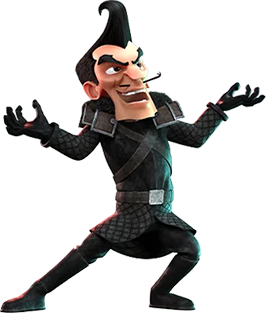Animation might look complex, but it all begins with simple movements, patience, and practice. Whether you want to create short films, game characters, or motion graphics, the foundation is the same — learning how to make still images come alive.
1. Understand the Basics
Before diving in, learn a few key terms:
-
Frames per second (FPS): How many images make up one second of animation.
-
Keyframes: The main poses that define a movement.
-
In-betweens: The frames that connect key poses and create smooth motion.
These basics help you follow tutorials and understand how motion is built step by step.
2. Choose the Right Tools
Start with free or beginner-friendly software like Krita, OpenToonz, or Blender. Each one allows you to experiment without investing money upfront. The tool matters less than your willingness to practice.
3. Begin Small
Try animating a bouncing ball — a classic first exercise. It teaches timing, spacing, and gravity, the building blocks of every animation. Once you master that, move on to simple walk cycles or short character gestures.
4. Observe and Study Motion
Watch real-life movement or record short clips of yourself. Break them down frame by frame to see how weight, anticipation, and follow-through make actions look believable.
5. Keep Creating
Don’t aim for perfection. Every short clip you finish teaches something new. Save your early work — you’ll be amazed by how fast you improve.



